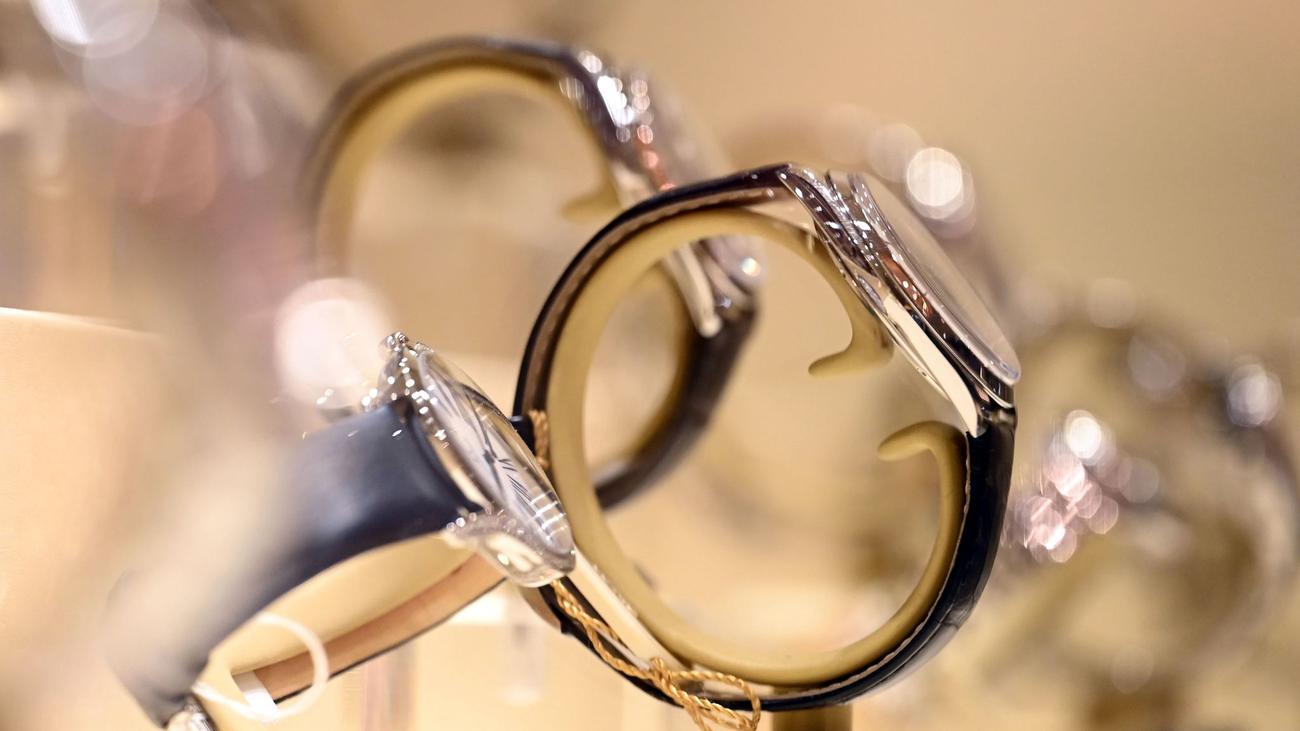
Resilience Amidst Challenges: German Jewelry and Watch Industry Maintains Stability
Introduction
Despite a decline in customer traffic, German jewelers and watch retailers managed to maintain their revenue levels close to the previous year. While the industry turnover decreased by 1.2% to 5.26 billion euros in 2023, it remained at a level comparable to the exceptionally strong years of 2022 and 2023.
Post-Pandemic Boom and Stabilization
Following the pandemic-induced slump, the industry experienced a significant surge in sales in 2022, with a 20% increase. This growth has been sustained at a high level ever since.
"Compared to other industries, we are doing relatively well," said Stephan Lindner, president of the industry association BVJ. "We had two fantastic years in 2022 and 2023, but this party couldn’t go on forever." He characterized the current slight decline as a "minor setback."
Conundrum of Declining Customer Base
However, the industry faces a pressing issue: the bulk of the revenue is being generated by a shrinking customer base. Lindner expressed concern that the number of customers is "not satisfactory."
Rising Prices and Market Trends
The average prices of jewelry items sold have witnessed a significant increase, driven in part by escalating raw material costs. "Gold and diamonds remain in high demand, despite the rising material prices," Lindner noted. The demand for top-end watch models has slightly subsided, but high-quality mechanical timepieces continue to be popular among consumers. In 2024, watches accounted for 1.2 billion euros in the industry’s revenue, while jewelry contributed to 4 billion euros.
Export Market Dynamics
The German jewelry and watch industry also reported relatively stable export figures. While jewelry, gold, and silverware exports declined slightly to 5.1 billion euros, watch exports rose to 1.9 billion euros.
The Pforzheim-based industry association BVSU cautioned that the higher gold prices have inflated the revenue figures in euros for the jewelry sector. "If the turnover had still been made with the gold prices of 2023, the results would have been significantly lower," the association stated. Similar to the retail sector, the number of pieces sold has also decreased in the jewelry industry.
Challenges and Outlook
The industry’s situation has become more challenging over the past year. Factors such as consumer slowdowns in key international markets, inflation, high wage levels, and particularly the elevated gold prices have weighed on businesses.
Despite these headwinds, the German jewelry and watch industry remains cautiously optimistic. The underlying demand for high-quality products and the enduring popularity of classic materials like gold and diamonds provide a solid foundation. Industry leaders emphasize the need to adapt to changing consumer behavior and embrace innovative strategies to navigate the current challenges and seize future opportunities.
